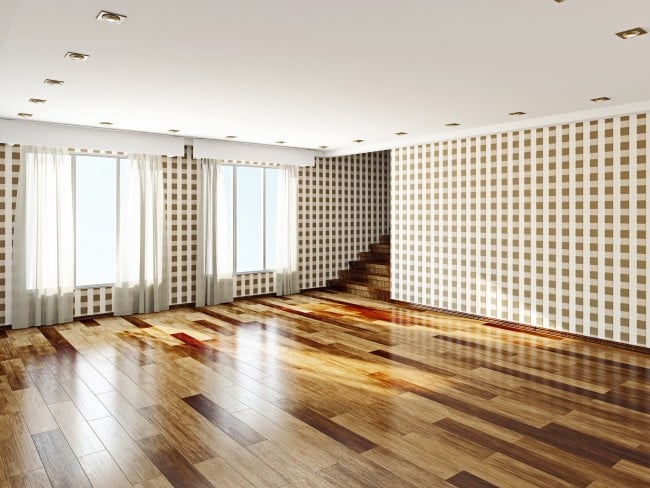
The high sticker price of any major home improvement project can make a homeowner think twice about whether it’s going to fit into the budget. Fortunately, there are a number of excellent financing options available to homeowners to help them make projects possible that would otherwise be out of reach.
Why Choose Financing?
There are a number of practical reasons to finance a home improvement project. The first is simply time. With any home improvement project you want to get it done as soon as possible so you can enjoy the benefits in the present, not somewhere far off in the future. Saving up for a major project is a sound financial decision, but it will likely take years to stow away enough for what you’ve got in mind, years that you could have spent enjoying your new kitchen, bath or deck if you’d have chosen to finance instead. And of course, the truth is few individuals are disciplined enough to leave that money untouched. Other unforeseen expenses come up, people dip into the penny jar, and in the end most homeowners find themselves right back where they started.
Where to Start
When you’re ready to finance, the first step is talk to a lender about financing options available to you. Where you choose to go is really a matter of personal preference and your situation. Many contractors offer financing, though it’s often unsecured and will usually run a higher interest rate than other options. Still, it is an attractive, convenient, and reasonable way to go, especially if you’re unsure about qualifying for financing elsewhere.
Besides that, most homeowners choose to patronize more traditional lending institutions. Your bank or credit union is an excellent place to begin. They often offer good interest rates, generous terms, and many will bend over backwards for their members. Mortgage brokers are also good places to inquire. Home financing is their business, so they bring a wealth of experience to the table and a wide array of options for you to choose from.
Which Type of Financing is Best for You?
Again, this is going to vary a lot on a case-by-case basis. Loans are granted based on your credit history, income, present level of debt, and securable assets. Your lender will review all of these things and use what they discover to determine what kinds of financing you qualify for. Depending on your situation, here’s a list of some of the most common financing options for homeowners to use (though keep in mind this list is by no means an exhaustive one):
- Cash-out refinancing. If you’ve built up a substantial amount of equity in your home, and interest rates have dropped since you acquired your mortgage, this can be a financial windfall. You’ll pay for your project and lower rates on the rest of your mortgage to boot.
- Home equity lines of credit and home equity loans. These two financing options are very similar and very popular for home improvement. Both offer financing based on the equity you’ve built up in your home. Because of that they usually come with very reasonable interest rates, and the interest you pay is tax deductible.
- Value Added Loans. These loans are granted based on the value that will be added to your home after the project you hope to undertake is finished. It allows owners of homes that have a lot of potential to borrow more than the home is presently worth.
- Homeowner Loans. This type of financing is generally based on your income rather your equity. You won’t be able to borrow as much, and your interest rate will be a little bit higher, but you won’t have to jump through all the hoops that equity secured loans require.
Final Thoughts: Variable vs. Fixed Interest Loans
On a parting note, make sure you know the difference between fixed and variable interest loans before you go shopping around. Variable loans are very attractive, usually have lower initial interest rates than fixed varieties, and are a very wise choice if you think you can pay off your loan quickly. Beware, however. Variable means that the interest rate can, and will, change. That super low interest rate can climb quickly (along with your payments), and can wreak havoc on finances if you’re not prepared. Fixed rate loans have a set, or “fixed,” interest rate for the life of the loan. You’ll pay a little higher interest rate initially, but if you’re in it for the long haul, fixed rate loans offer more security and peace-of-mind when it comes to financing any home improvement project.
 Tips for Financing Your Home Remodel
Tips for Financing Your Home Remodel  How Much Home Renovation Can You Afford?
How Much Home Renovation Can You Afford?  5 Tips for Sticking To Your Renovation Budget
5 Tips for Sticking To Your Renovation Budget  Checklist: Financing Your Remodeling Project
Checklist: Financing Your Remodeling Project  Raise the Value of Your Home with These 7 Remodeling Tips
Raise the Value of Your Home with These 7 Remodeling Tips 

Where would we go to get a “Value Added Loan”?